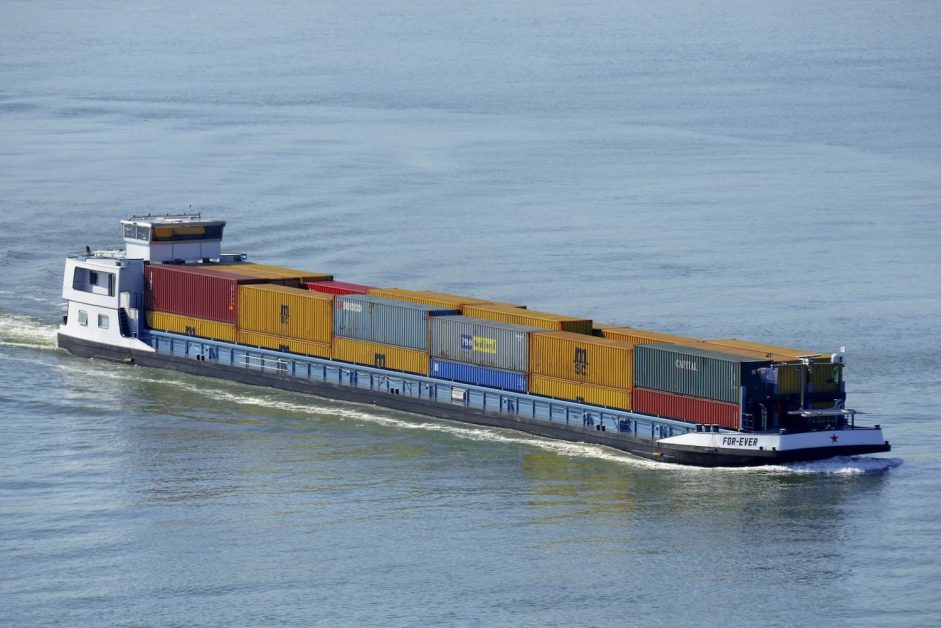The much-hyped Inland Water Transport (IWT) connecting Patna to Kolkata and Varanasi through the river Ganga is proving to be a big flop. The Inland Waterways Authority of India vessel MV RN Tagore which sailed from Varanasi on December 29 with a container of fertiliser reached Patna’s Gaighat terminal on Saturday night. The vessel took nearly five days to reach Patna from Varanasi due to problems it encountered along the route.
The number of pipa bridges – locally known as pipa pul – across the river Ganga have become a significant hurdle disrupting the smooth sailing of the vessel, an official said. “It is takes more time to transport cargo than while using road transport or the railway. Why will traders will opt for?” asked an IWAI official who wished to remain anonymous.
According to him, the vessel MV RN Tagore was stationed in Patna on Sunday and was likely to leave for Kolkata on Monday only. “It is not a good idea to develop and promote Inland Water Transport on this route via the river Ganga; there are delays and it is a time-taking process, which is not at all a healthy sign,” the official added.
Usually, a truck loaded with cargo takes 24 hours to reach Kolkata from Varanasi by road and a goods train completes the same journey in 13 to 15 hours.
Keeping the reality in mind, private companies, including those from the logistics sector, are not keen on using the vessels. The situation is evident with hardly a few vessels operational on the route from Varanasi to Kolkata via Patna, contrary to the government’s tail claims.
“There are seven pipa bridges in the river Ganga between Varanasi and Patna which take a lot of time to get past. The pipa bridge opens for a vessel after it has reached the spot, wasting about three to four hours in the process since the vessel is made to wait,” another official said.
Other technical reasons have also contributed to the vessels hardly being on time.
The Centre has claimed on multiple occasions that the opening up of Kolkata-Patna as a new origin-destination pair based on inland waterways would boost trade and water transport. It also waxed lyrical about the benefit of the Varanasi-Patna-Kolkata operation for container cargo movement.
Over two years ago, on November 12, 2018, Prime Minister Narendra Modi had received the country’s first IWT cargo that reached Varanasi from Kolkata. Then, Union Transport Minister Nitin Gadkari had said: “For the first time since Independence, a container is moving on (an) inland vessel.” He had added then that the government planned to reduce rail and road traffic, handling costs, pilferage and damage to products, and would enable cargo owners to reduce their carbon footprint.
As per its official website, the Ganga-Bhagirathi-Hooghly river system from Allahabad to Haldia was declared National Waterway No.1 under the National Waterway (Allahabad-Haldia stretch of the Ganga Bhagirathi- Hooghly river) Act 1982. It became operational on Octber 27, 1986, after the formation of the IWAI. The waterway extends from Haldia to Allahabad, a distance of 1,620 kms.
Work is ongoing on to develop NW-1 (River Ganga) under the Jal Marg Vikas Project (JMVP) from Haldia to Varanasi (1,390 Km) with technical and financial assistance by the World Bank at an estimated cost of Rs 5,369 crore.
Source : News Click







